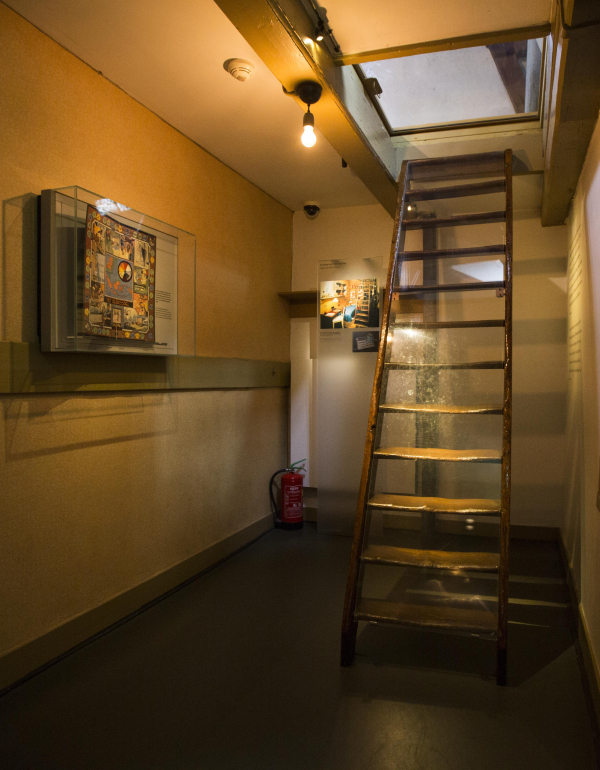
Culture & Civic Life
Holocaust Museum LA
The oldest Holocaust museum in the United States commemorates those who died, honors those who survived, and educates the public to ensure that th...
Learn More


A biographical museum, the Anne Frank House was established in 1957 in cooperation with Anne's father, Otto Frank. Anne kept a diary of her two years in hiding and planned to publish a book about this period of her life, but she died in a Nazi concentration camp in 1945. After World War II ended, Otto, who survived the Holocaust, found a publisher for her work, and The Diary of a Young Girl (often referred to as The Diary of Anne Frank) became an essential personal account of Nazi persecution and has since been translated into more than 70 languages.
The family's hiding place at Prinsengracht 263 in Amsterdam was restored and opened to the public as a museum in 1960. Excerpts from Anne's diary, photos, film images, and original objects from the people in hiding and their helpers illustrate the events that took place during World War II.
In establishing the Anne Frank House, Otto had two main goals in mind: turn the family's hiding place into a public museum and develop educational programs and materials that inspire young people all over the world. The museum illuminates Anne's life story, raises awareness of the dangers of antisemitism, racism, and discrimination, and stresses the importance of freedom, equal rights, and democracy. More than 1 million visitors pass through the Anne Frank House every year and walk away carrying a warning from the past as well as a view to the future.
"We cannot change what happened anymore," Otto said when creating the museum. "The only thing we can do is to learn from the past and to realize what discrimination and persecution of innocent people means."
General Operating Support
The Netherland-America Foundation